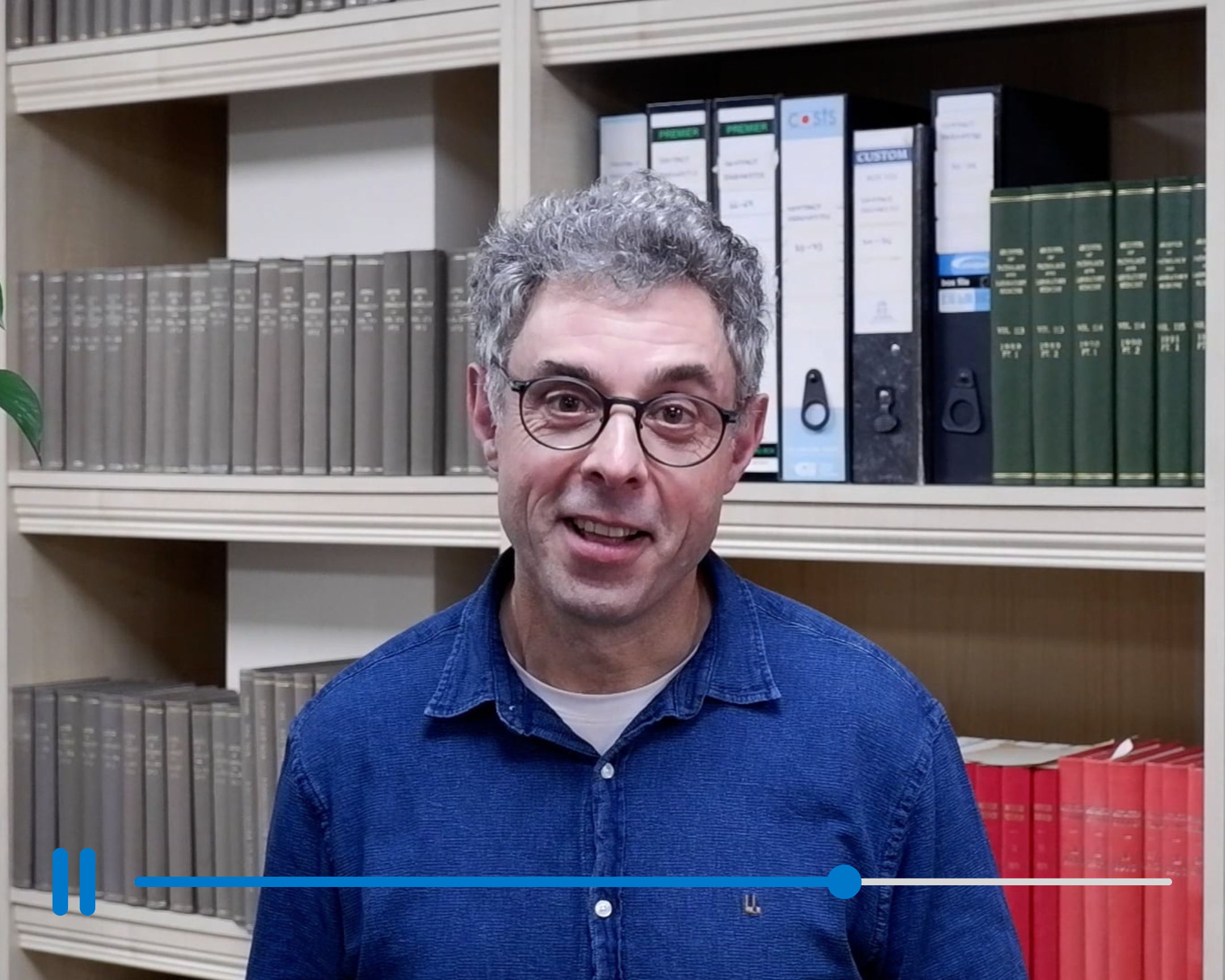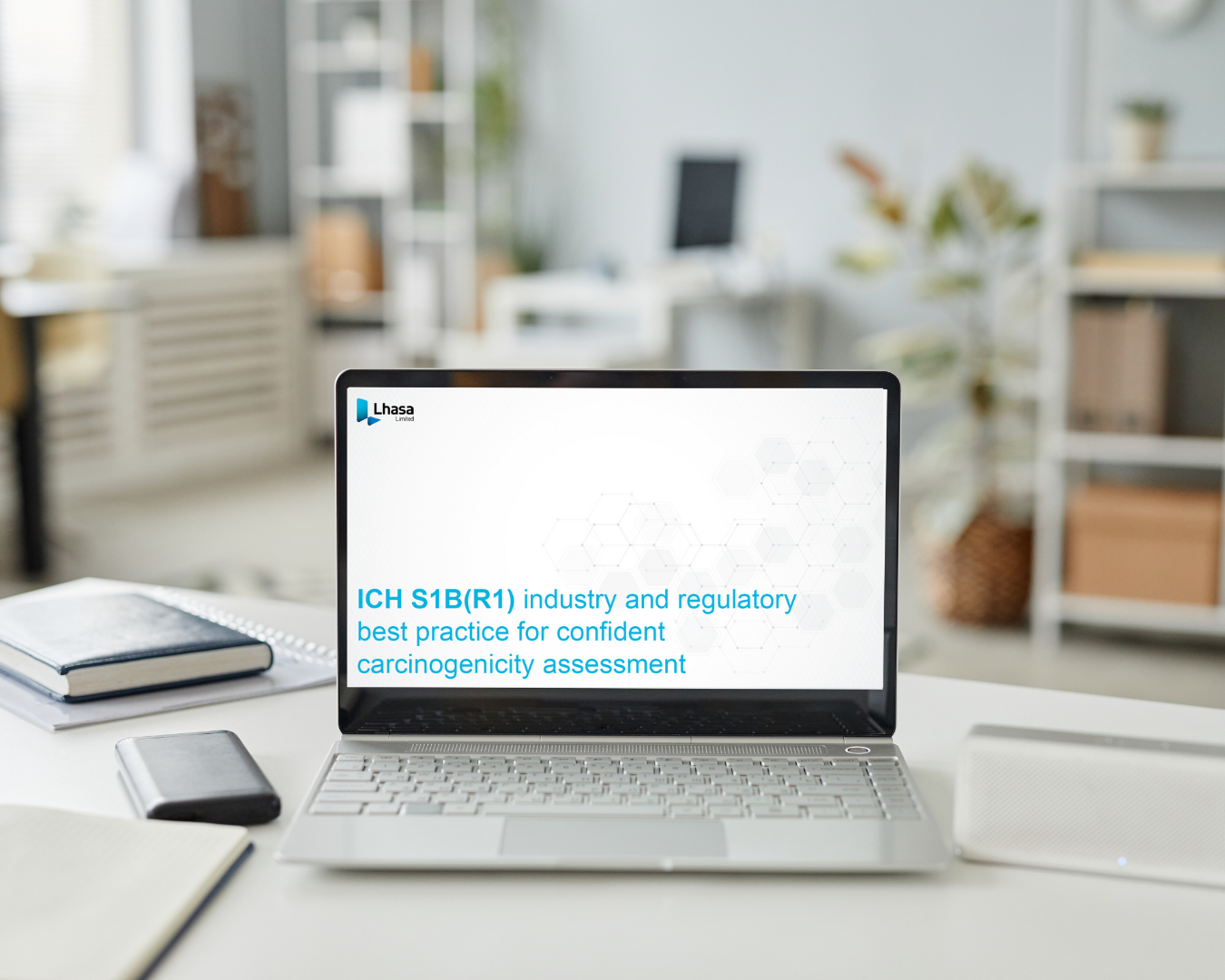The release of the ICH Q3E for public consultation marks a significant milestone for the pharmaceutical industry. It sets out a harmonised, risk-based framework for the assessment and control of organic impurities that migrate from packaging or manufacturing components into a final drug.
For years, organisations navigated a complex web of regional expectations for extractables and leachables (E&L) assessments. This guideline represents years of hard work between regulatory bodies and industry to draft a globally harmonised approach towards E&L assessments.
Principal Scientist, Dr. Martyn Chilton, along with other key voices across Lhasa Limited, have given the draft an initial analysis, and here, we share our topline takeaways on what this highly anticipated guideline means for you.
Breaking down quality and safety silos
One of the most impactful aspects of the ICH Q3E draft guideline is how it bridges the gap between quality and safety workflows. Historically, these functions could operate in separate silos, with one team focused on quality control and another on safety assessment.
Martyn notes:
“The guideline makes it clear that you need to consider both quality and safety in tandem.
For scientists involved in E&L assessments, it can be easy to think, ‘my job is the safety part’ or ‘my job is the quality part.’ This framework brings the two aspects together, recognising that both are equally important for a scientifically sound assessment.”
This streamlined approach encourages a more integrated and collaborative process to ensure that E&L assessments are not only compliant but also more cohesive and robust.
Diego Gomes, Senior Global Alliances Manager adds:
“The ICH Q3E draft guideline represents an important milestone, like the ICH Q9 guideline for risk management, it connects safety and quality assessments.
Quality control teams are empowered to move their E&L quality assessments away from a trial-and-error approach to a product-focused quality risk management process. By default, the ICH Q3E draft guideline supports proactive decision-making across the whole product lifecycle, resulting in a much stronger link to the final safety case.”
A proactive risk-based approach
The ICH Q3E draft guideline formalises a scientific, risk-based framework, empowering organisations to tailor their E&L assessment strategy based on the
This system is built upon a series of key thresholds that guide the entire assessment process across factors such as the route of administration, dosage form, and duration of patient exposure.
The guideline integrates these thresholds into a practical decision tree, which outlines the workflow for evaluation.
The core thresholds include:
The safety concern threshold (SCT) is a foundational toxicological threshold.
Any leachable below this threshold is considered a negligible safety risk for both mutagenic and non-mutagenic effects, requiring no further assessment.
The analytical evaluation threshold (AET) is the practical threshold for analytical chemists.
Derived from the SCT, it defines which E&L compounds must be reported and identified. It provides a clear answer to the question, “What do we need to look for?”
The qualification threshold (QT) is the trigger point for in-depth non-mutagenic toxicological assessment.
If a leachable is present above this threshold, it must be qualified for systemic toxicity (and potentially local toxicity depending on the route of administration) through a comprehensive safety evaluation.
Martyn highlights:
“A tremendous amount of work by both industry experts and global regulators went into defining the thresholds within this guideline.
The result is a clear, harmonised system that provides a predictable and scientifically robust path forward for everyone.”
Defining the scope of ICH Q3E
To apply the ICH Q3E draft guideline effectively, it’s crucial to understand its specific role within the broader regulatory landscape. The draft makes it clear that the focus is on organic leachables. Elemental leachables remain out of scope, as they are already comprehensively covered by the ICH Q3D guideline on elemental impurities.
Furthermore, it’s essential to distinguish the ICH Q3E draft guideline from:
- ICH Q3A/Q3B, which covers impurities arising from drug synthesis or degradation.
- ISO 10993, the primary framework for E&L assessment in medical devices.
Expertise in both toxicology and data science from Lhasa is particularly relevant in these instances,
A key point to note within the ICH Q3E draft guideline is the clear endorsement of New Approach Methodologies (NAMs). The draft actively encourages the use of in silico systems and read-across for assessing mutagenicity, skin sensitisation and irritation.
We are proud to see the inclusion of work from M. L Chilton et al., on ‘Updating the Dermal Sensitisation Thresholds using an expanded dataset and an in silico expert system’, affirming the value of collaborative research in shaping regulatory guidance.
Future-proofed lifecycle management
One of the most significant trends the guideline emphasises is that E&L assessment is an ongoing activity, to ensure the safety case for a product remains robust and valid for years after its initial approval.
The ICH Q3E draft guideline reinforces that any significant post-approval change, such as a new supplier for a container component, a modification to a manufacturing process, or a change in formulation, must trigger a re-evaluation of the E&L risk profile.
The ICH Q3E draft guideline reinforces that any significant post-approval change, such as a new supplier for a container component, a modification to a manufacturing process, or a change in formulation, must trigger a re-evaluation of the E&L risk profile.
Diego, outlines that:
“Incorporating a risk management process ensures that the risk of leachables is adequately mapped, allowing for specific re-evaluation when significant changes are made to the product post-approval.
This continuous, harmonised approach to E&L ensures that patient safety remains the priority rather than just a regulatory requirement.”
This effectively “future-proofs” the product by embedding E&L assessment into the Quality Management System (QMS). It transforms the E&L profile from a static, historical report into a dynamic dataset, ensuring safety remains the priority throughout the entire product lifecycle.
Our view and next steps
We believe the ICH Q3E draft guideline is a transformative document that provides a clear, harmonised path forward for you. Its emphasis on collaboration and science-driven risk assessment will enhance patient safety and streamline regulatory processes.
Grace Kocks, Head of Toxicology, concludes:
“This draft guidance is of great value, providing a harmonised and data-driven framework which enables a quantitative, science-driven approach to assess the toxicological relevance of extractables and leachables. We want to work towards ensuring patient safety without creating unnecessary analytical testing burden.
The public consultation period is a vital opportunity to engage with the text and provide feedback. Lhasa are currently conducting a detailed analysis and look forward to sharing further insights.“
Are you interested in how our solutions can help you design your E&L assessments in line with the new draft guideline?
Get in touch with us today for more information on how we can support your E&L safety assessments.
Last Updated on August 27, 2025 by lhasalimited



